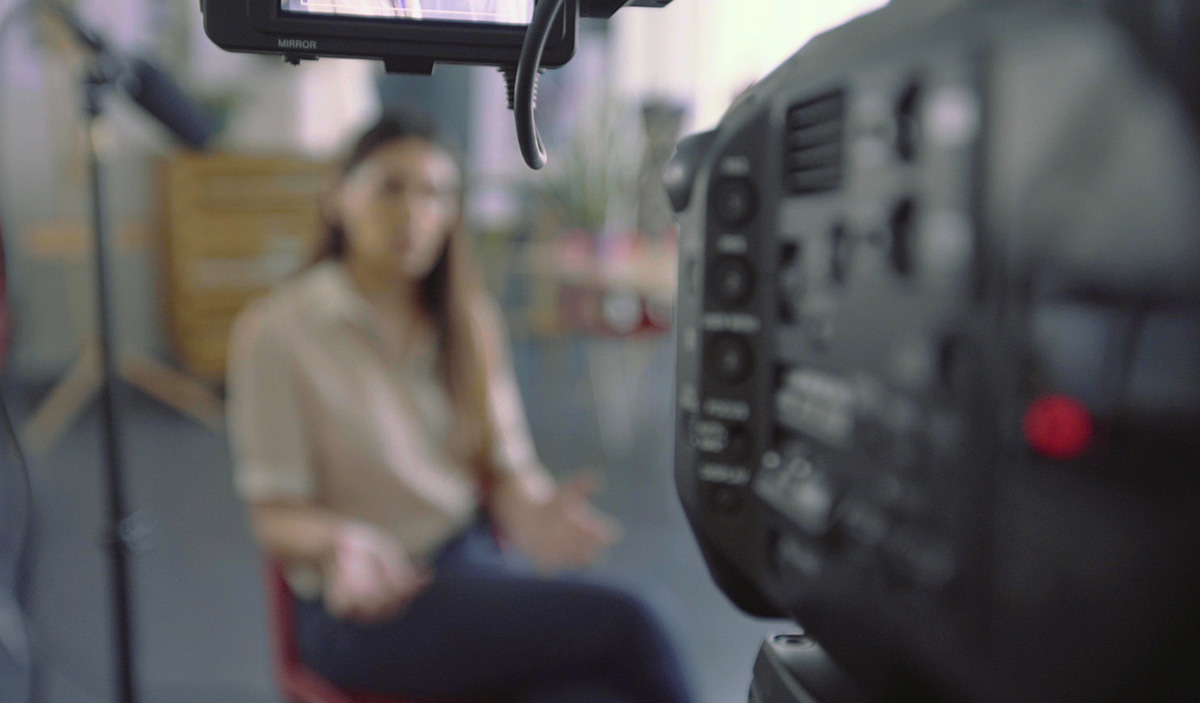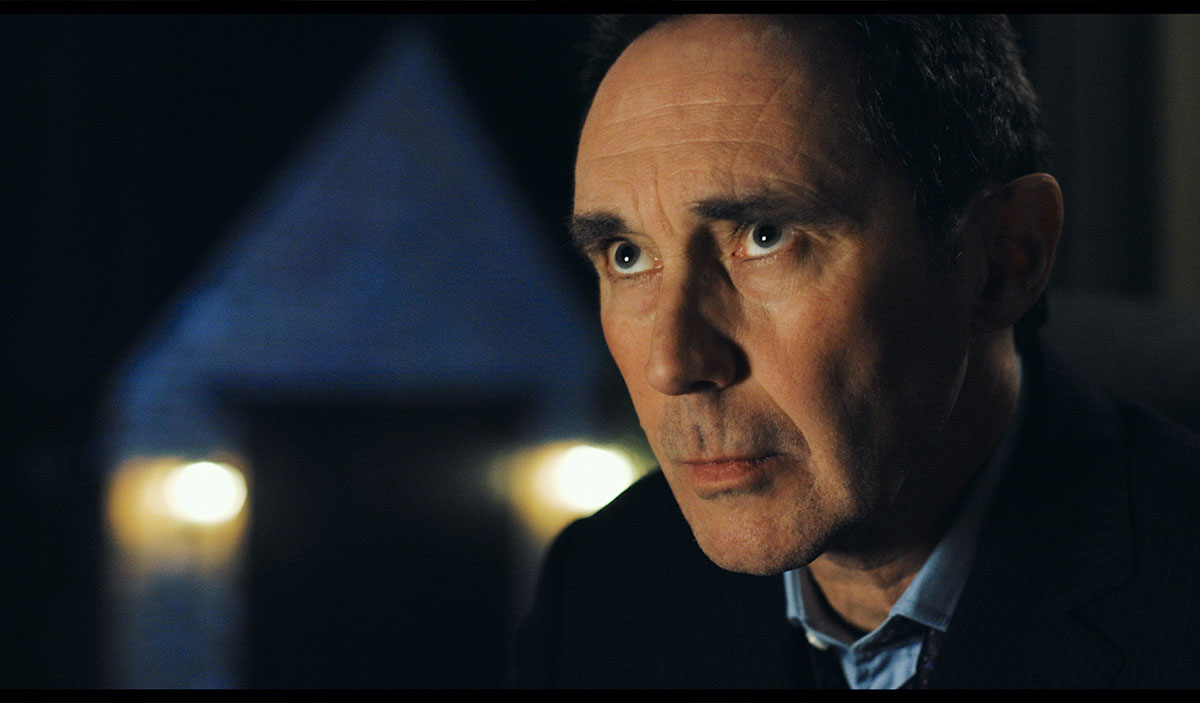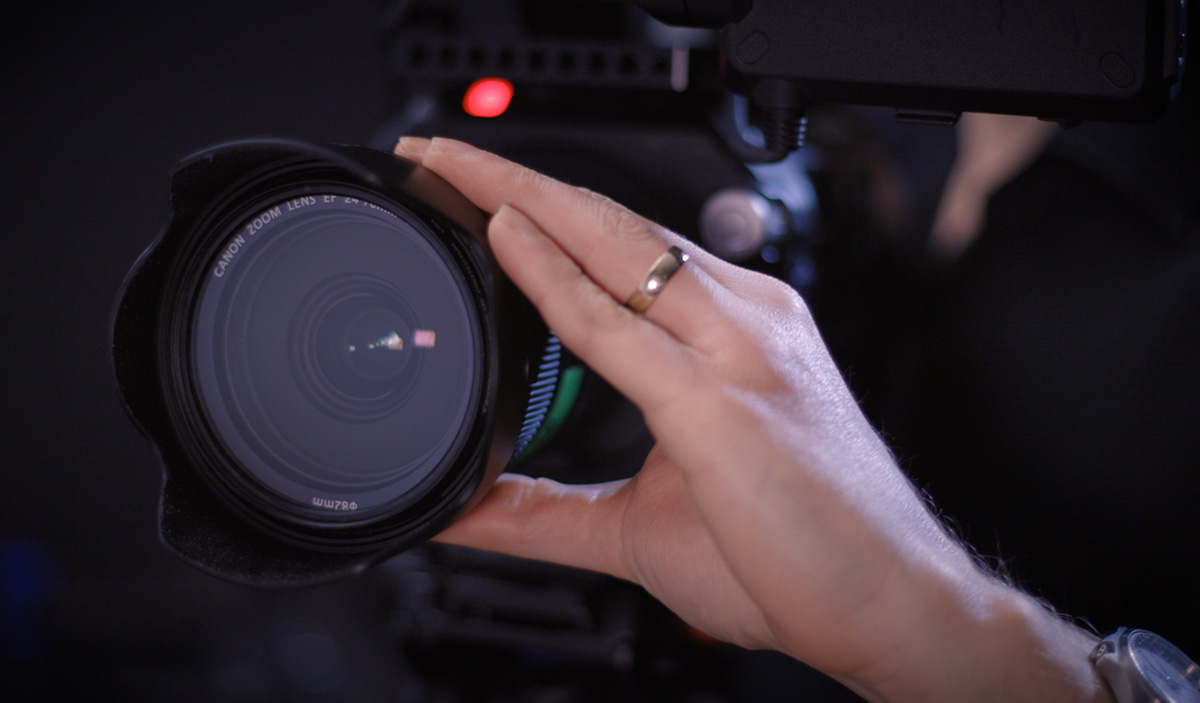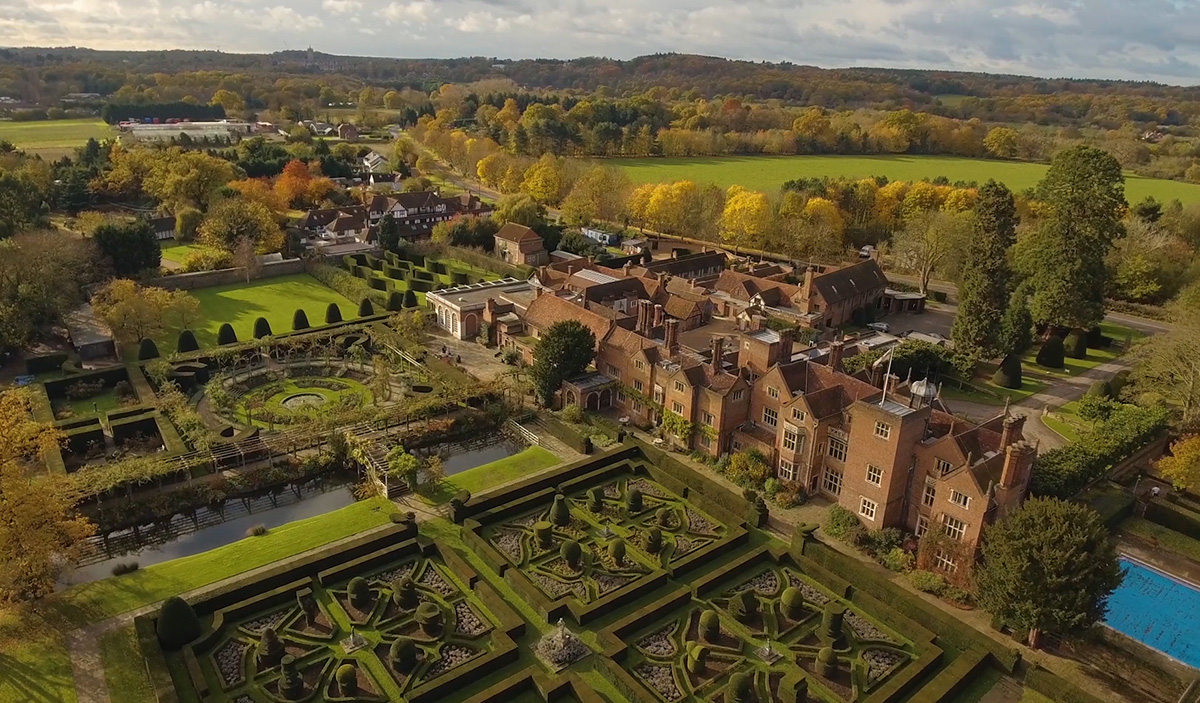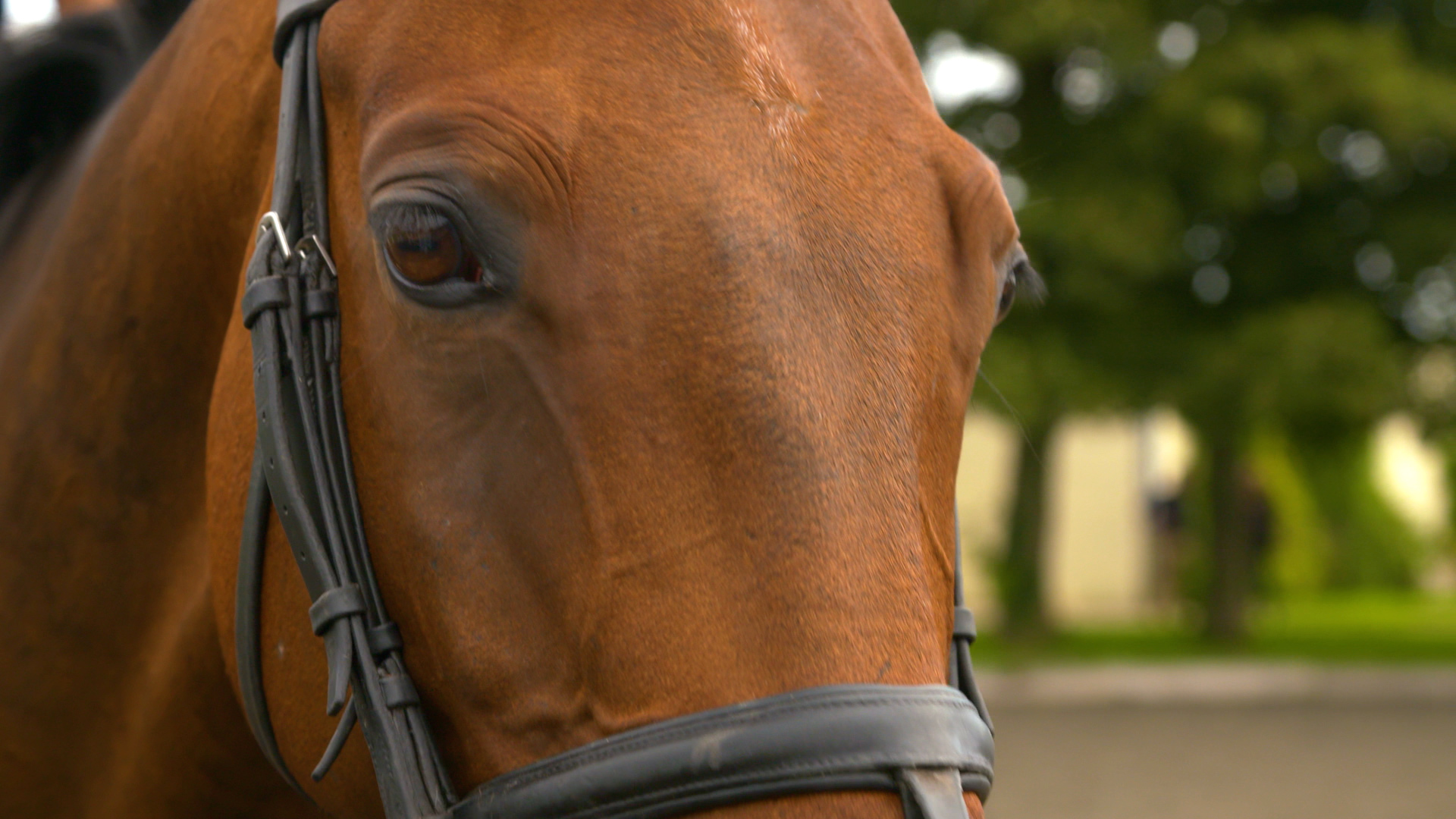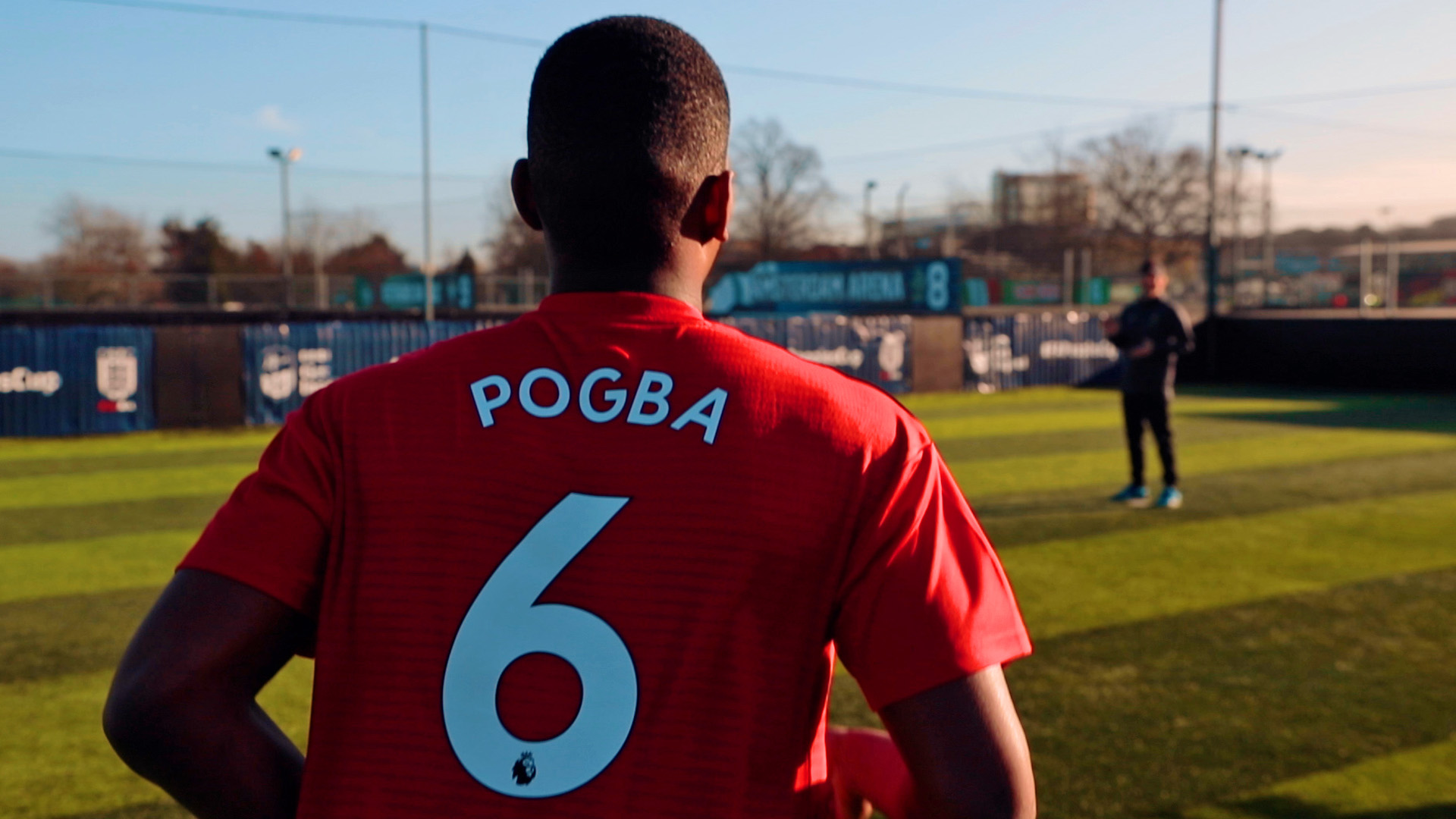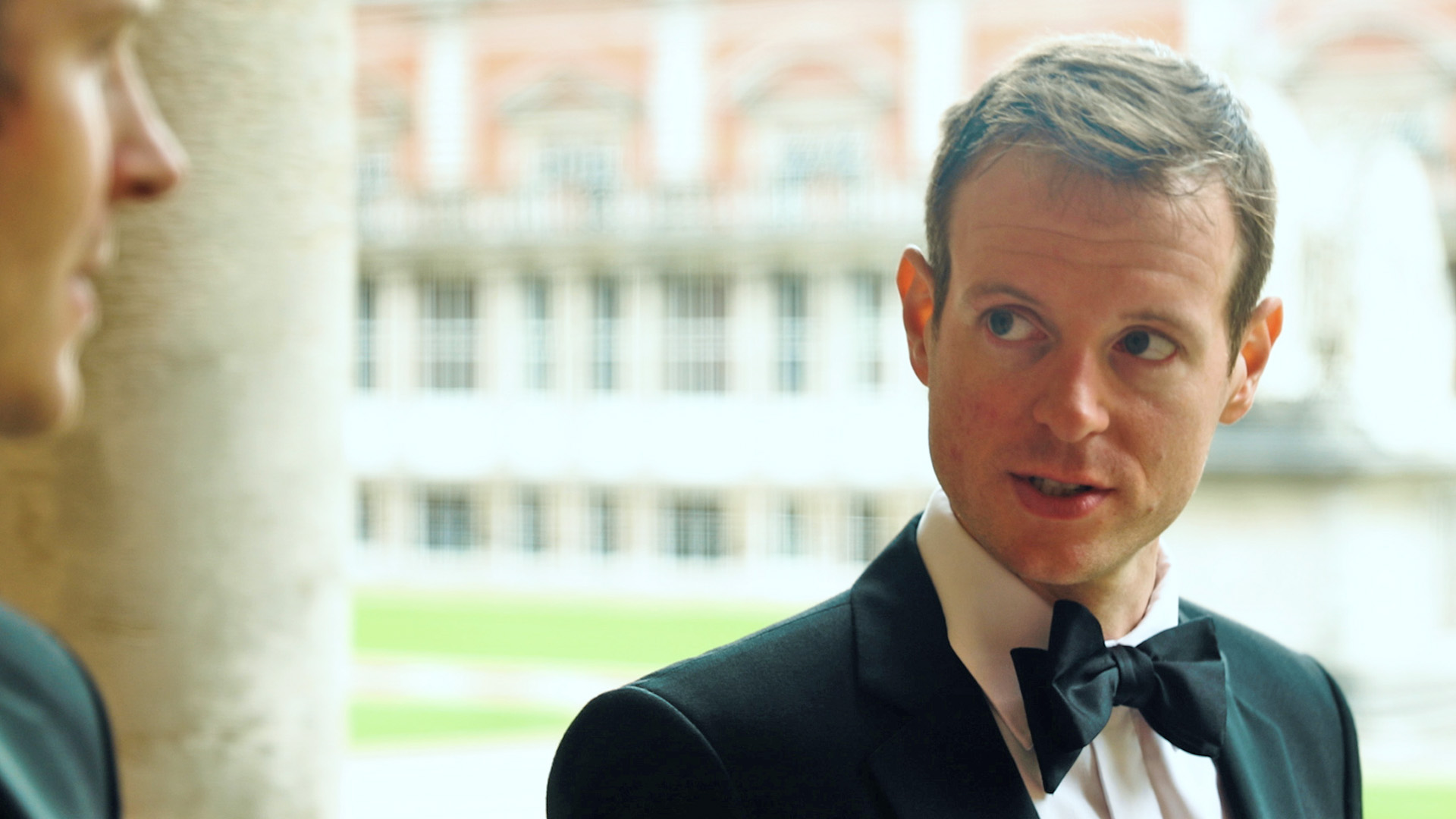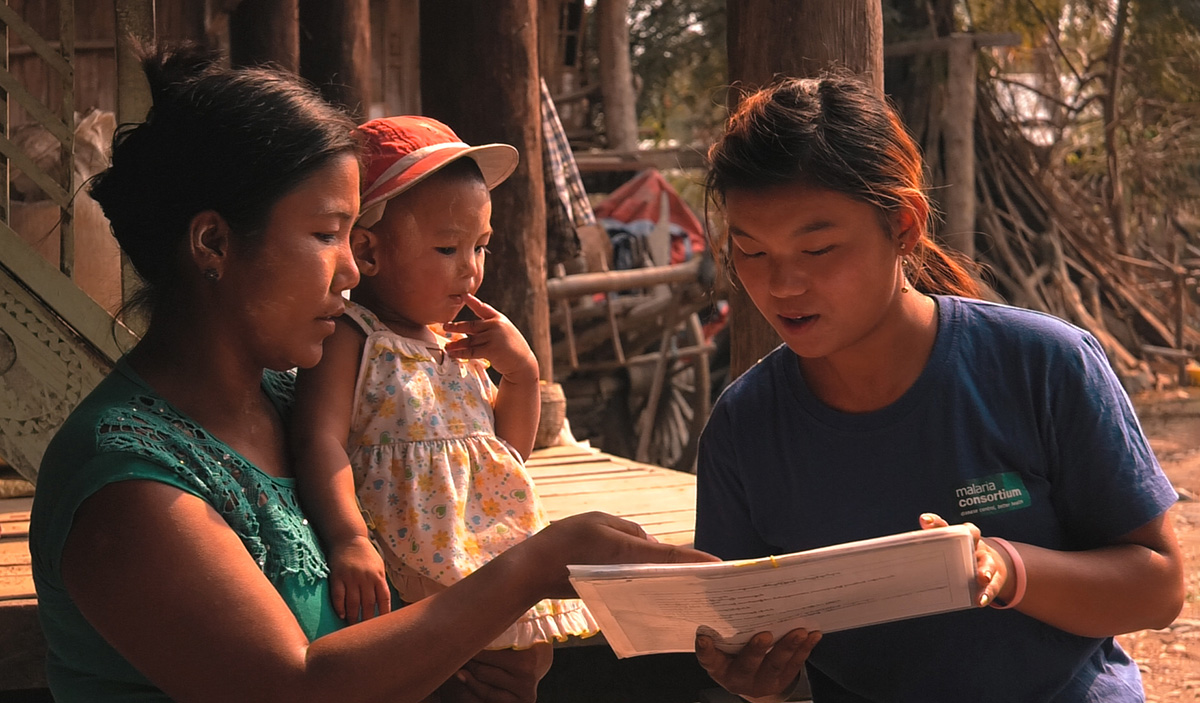We were commissioned to travel to Myanmar and make this film by well-known NGO Malaria Consortium, who needed a high-quality film that would explain, sum up and report on their iCCM projects in Myanmar in under ten minutes.
Malaria Consortium has been piloting integrated community case management (iCCM) in Sagaing Region, Myanmar. iCCM is an approach which includes diagnosis and treatment of three diseases, malaria, pneumonia and diarrhoea, and in Myanmar they combine this with screening for malnutrition. In remote communities without any government health staff, Malaria Consortium retrains existing malaria volunteers in iCCM to deliver this essential healthcare to children under five in their communities – rather like a local doctor would in more economically developed regions. The iCCM project was funded by UK aid from the UK Government and Vitol Foundation.
For this film, director / cameraman Steve travelled to Myanmar with a Malaria Consortium project manager. They teamed up with a local doctor who acted as the crew’s fixer, guide and local language interviewer. The three crew flew to Yangon and then on to the more northern town of Kalay in Sagaing, where they were based for a week while filming in nearby local areas that were reachable by minivan or motorbike. With the equipment and crew kept very light, the shoot was done in a traditional documentary style primarily using a fixed-lens camera with a long zoom (which gave an incredible range of what could be filmed), tripod, boom mic for interviews and small lights, although 99% of filming was done with natural light only as some of the areas had little or no power for charging batteries. When timings allowed they would occasionally film a more ‘arty’ wide shot on our gimbal-mounted B camera. This was a great example of what can be done with a very small amount of equipment and not many resources or crew.
The main challenge with this film was the majority of the interviews were conducted in Burmese, so each answer had to be translated on the spot before we could move on to make sure we knew what we were getting and that it would work to tell the story. This was therefore one of those documentary projects where it made sense to do on-site editing, as there was so much footage to collect, back up, log, and translate that it would have made less sense to have only begun this giant task once back in the UK edit bay. Steve therefore would do a rough edit every night on our field laptop after filming, checking what had worked and what would still be needed to tell the story, and worked with the local translator to create temporary subtitles as the edit came together. Although exhausting this approach saved a lot of time once back home, where the cut could be refined and a professional voiceover added for linking the narrative.
The client was very happy with the result and the film was used in numerous was to promote the iCCM project in Myanmar.




